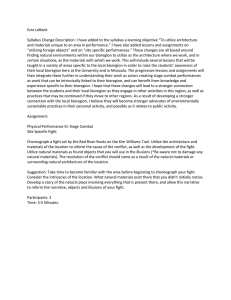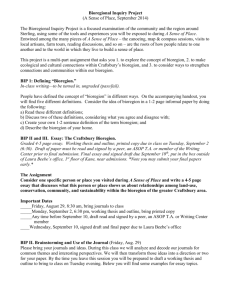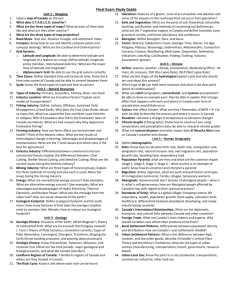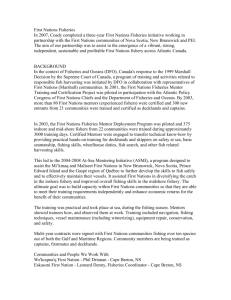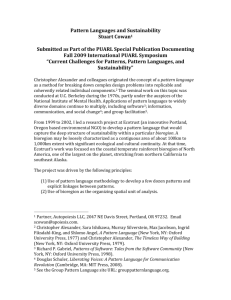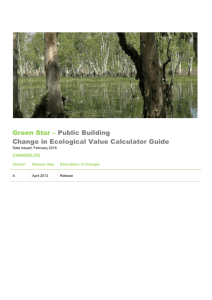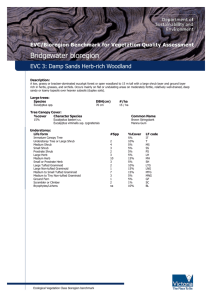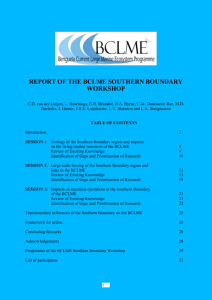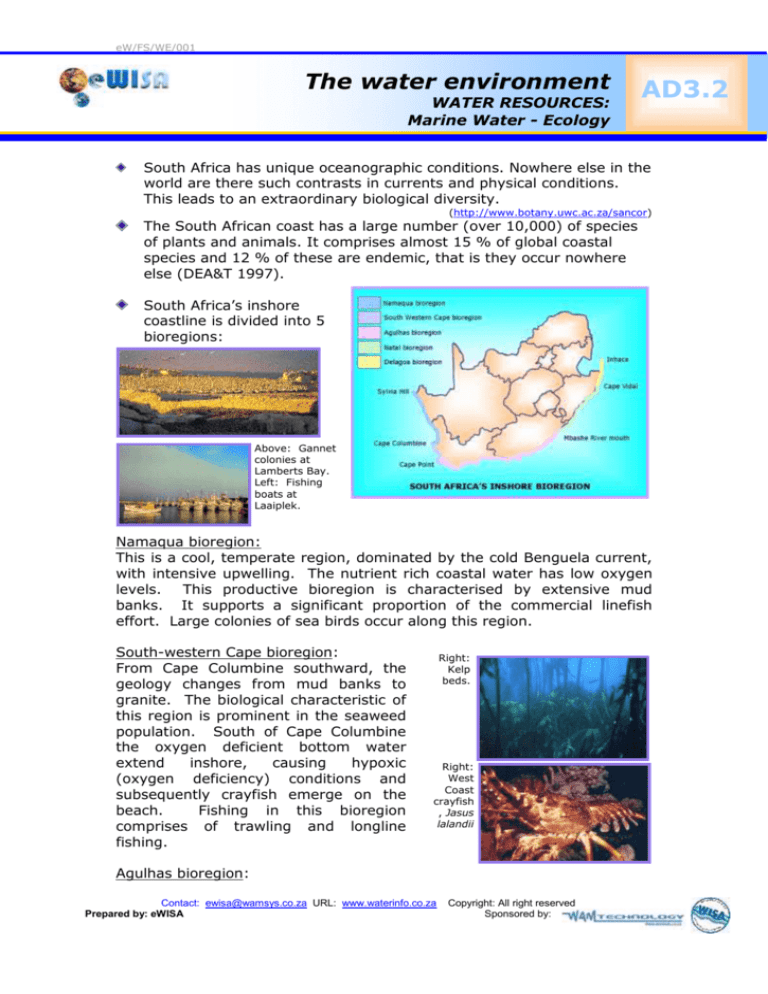
eW/FS/WE/001
The water environment
WATER RESOURCES:
Marine Water - Ecology
AD3.2
South Africa has unique oceanographic conditions. Nowhere else in the
world are there such contrasts in currents and physical conditions.
This leads to an extraordinary biological diversity.
(http://www.botany.uwc.ac.za/sancor)
The South African coast has a large number (over 10,000) of species
of plants and animals. It comprises almost 15 % of global coastal
species and 12 % of these are endemic, that is they occur nowhere
else (DEA&T 1997).
South Africa’s inshore
coastline is divided into 5
bioregions:
Above: Gannet
colonies at
Lamberts Bay.
Left: Fishing
boats at
Laaiplek.
Namaqua bioregion:
This is a cool, temperate region, dominated by the cold Benguela current,
with intensive upwelling. The nutrient rich coastal water has low oxygen
levels.
This productive bioregion is characterised by extensive mud
banks. It supports a significant proportion of the commercial linefish
effort. Large colonies of sea birds occur along this region.
South-western Cape bioregion:
From Cape Columbine southward, the
geology changes from mud banks to
granite. The biological characteristic of
this region is prominent in the seaweed
population. South of Cape Columbine
the oxygen deficient bottom water
extend
inshore,
causing
hypoxic
(oxygen deficiency) conditions and
subsequently crayfish emerge on the
beach.
Fishing in this bioregion
comprises of trawling and longline
fishing.
Right:
Kelp
beds.
Right:
West
Coast
crayfish
, Jasus
lalandii
Agulhas bioregion:
Contact: ewisa@wamsys.co.za URL: www.waterinfo.co.za
Prepared by: eWISA
Copyright: All right reserved
Sponsored by:
This warm, temperate region constitutes an
overlay zone with a mixing area of two
currents.
The continental shelf is at its
broadest here (240 km). This region hosts the
greatest number of endemics, sparid reef fish,
octocorals and algae. It is the spawning and
nursery ground for many species, including
squid. Pilchard and anchovy spawn on the
Agulhas bank and are transported along the
west coast via the Benguela jet. This region
supports pelagic fishing, trawl fisheries for
hake and sole, trap fishery for the indigenous
rock lobster and abalone and squid fisheries.
The horse-mackerel stock is the mainstay of
the mid-water fishery in South Africa.
Natal bioregion:
The narrow continental shelf ranges from
less than 5 to 50km off the Tugela Bank.
This area has high riverine input.
It is
strongly influenced by the southward flow of
the Agulhas current. South of Cape St. Lucia
a dynamic upwelling exists, providing an
important source of nutrients for the Tugela
Bank. The commercial line fishery is one of
the most important fisheries in this
bioregion. Reef habitat is limited and major
reef complexes include the Aliwal Shoal and
Protea banks. The Natal bioregion supports
endemic soft corals. Annually the sardine
run is a feature of the southern portion of the
Natal bioregion.
Above and
right:
Fishing
trawlers and
rock lobster.
Above: Baby
turtle.
Right:
Sardine run.
Delagoa bioregion:
This region is characterised by a narrow continental margin, a shallow,
steep shelf break and the highest density of submarine canyons. The
strong, warm, south-flowing Agulhas current is the dominant
oceanographic feature. The water is clear, with little riverine input.
Offshore reefs are colonised by corals. Sub-aqueous dunes occur on the
shelf. Leatherback and loggerhead turtle nesting occurs only on this
region’s beaches. There are no commercial fisheries in the South African
component of this bioregion. Rock shore habitats changes dramatically at
Cape Vidal.
Above: Reef habitat.
Contact: ewisa@wamsys.co.za URL: www.waterinfo.co.za
Prepared by: eWISA
Copyright: All right reserved
Sponsored by:

